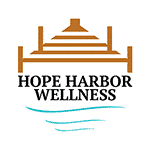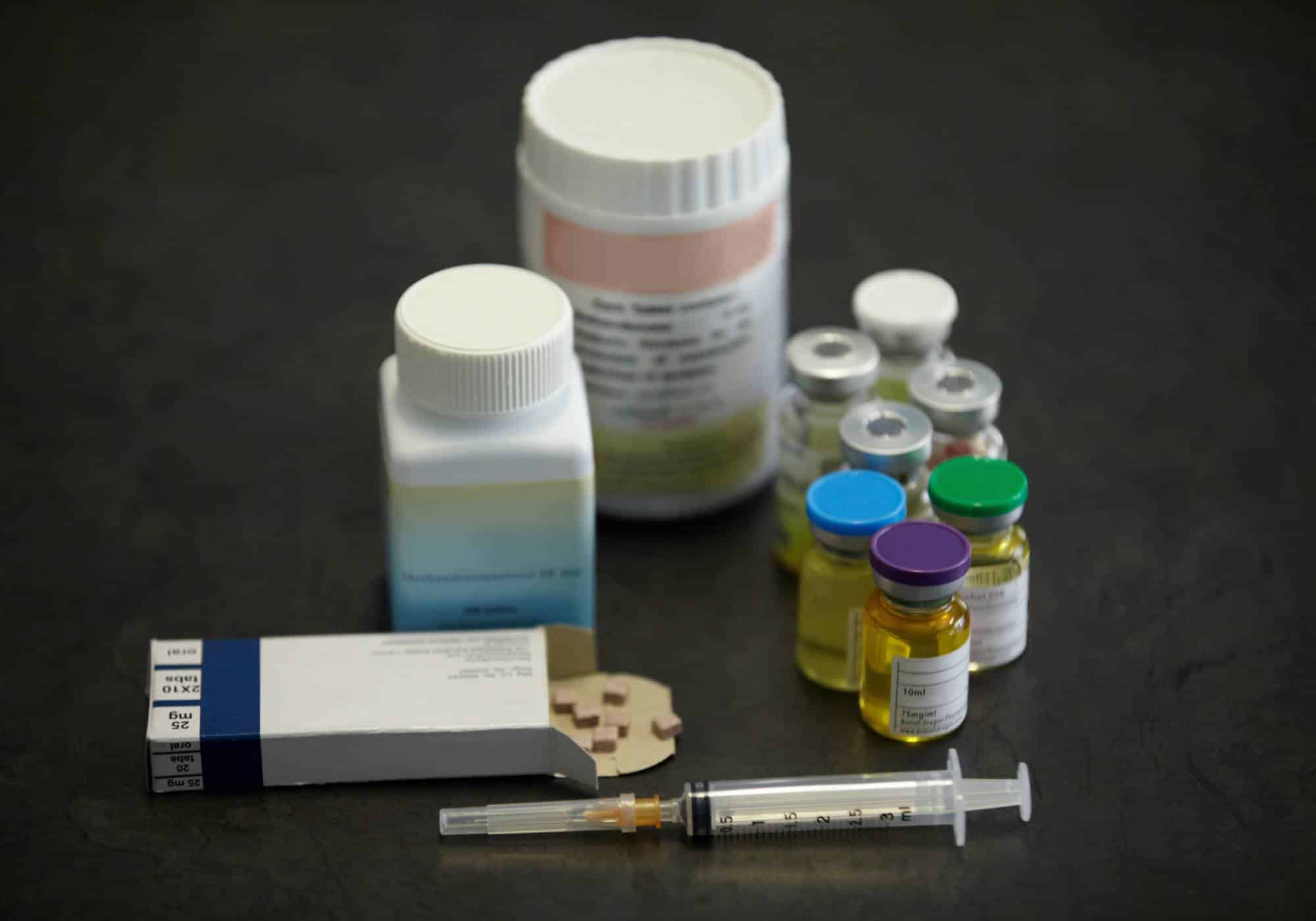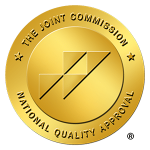The global impact of the opioid epidemic is vast, touching numerous lives and households. One beacon of hope in these trying times is the drug Narcan (naloxone). This medication acts swiftly to counteract opioid overdoses. Let’s dive into how you can employ Narcan to potentially save someone in the throes of an overdose.
Understanding Narcan:
Narcan, known generically as naloxone, is a vital medication formulated to swiftly reverse opioid overdoses. Opioids, whether they are prescription drugs like oxycodone, morphine, or illicit substances like heroin, can depress the respiratory system. In severe instances, opioids might cause breathing to slow down or stop, leading to life-threatening situations. This is where Narcan comes into play.
As an opioid antagonist, Narcan works by binding to opioid receptors in the brain, effectively displacing the opioids and counteracting their harmful effects. When administered during an overdose, Narcan can quickly restore a person’s normal breathing. However, its effects are temporary, typically lasting between 30 minutes to an hour. Therefore, it’s imperative to seek emergency medical assistance even after Narcan has been administered.
It’s crucial to understand that Narcan specifically targets opioid overdoses and will not be effective against other types of drug overdoses, such as those from benzodiazepines or cocaine. Due to the escalating opioid crisis, the availability of Narcan has become more widespread. Many first responders, and even some members of the public, are now trained to administer it, recognizing its life-saving potential.
Signs of an Opioid Overdose:
- Loss of consciousness or unresponsiveness.
- Breathing that’s barely perceptible or entirely ceased.
- Extremely constricted pupils.
- A bluish or ashen skin tint, notably around the lips and fingertips.
- Choking sounds or a raspy noise, suggesting airway obstruction.
- Body appearing lifeless.
- Weak or absent heartbeat.

How to Deploy Narcan:
- Assess Alertness: Shout the individual’s name and give them a gentle shake. Should they not respond, it’s imperative to spring into action immediately.
- Seek Emergency Help: Dial 911 straight away if an overdose is suspected.
- Ready the Narcan Device: The prevalent form of Narcan is as a nasal spray. Take it out from its packaging, gripping it at the bottom.
- Deliver the Dose: With the person’s head inclined slightly backwards, introduce the Narcan spray’s tip into one nostril, ensuring your fingers touch the person’s nose base. Then, firmly depress the plunger, discharging the medication.
- Initiate Rescue Breaths: If you’re equipped with the know-how, perform rescue breathing while waiting for the drug to act.
- Re-evaluate and Redose if Necessary: If after 2-3 minutes the individual shows little to no improvement, provide another Narcan dose in the alternate nostril. Continuously keep an eye on their respiratory rate and heartbeat.
- Remain by Their Side: Narcan’s effects are fleeting, meaning there’s a chance of the person slipping back into an overdose. Thus, stay with them until help arrives.
- Communicate the Details: When first responders are on the scene, let them know that you’ve given a dose (or doses) of Narcan.
Things to remember:
- Narcan is an indispensable tool against opioid overdoses, yet it doesn’t replace the need for comprehensive medical attention. A suspected overdose always warrants a 911 call.
- The efficacy of Narcan is specific to opioid-related overdoses. Overdoses from other substances won’t be impacted by Narcan.
- Post-overdose revival might see some individuals in a state of confusion or distress. Offering comfort and clarity is essential.
- Store Narcan where it can be promptly retrieved during emergencies.
The opioid crisis is a glaring public health issue. Nevertheless, with resources like Narcan at hand, onlookers are empowered to intervene and potentially save lives. Being acquainted with overdose symptoms and Narcan application techniques can be pivotal. Always opt for expert intervention, and avoid underestimating the severity of an overdose. Time is of the essence.












